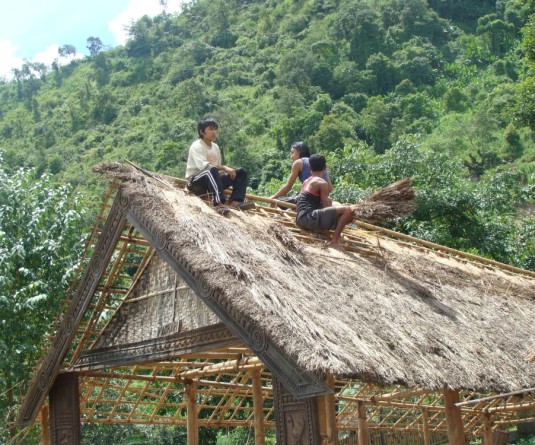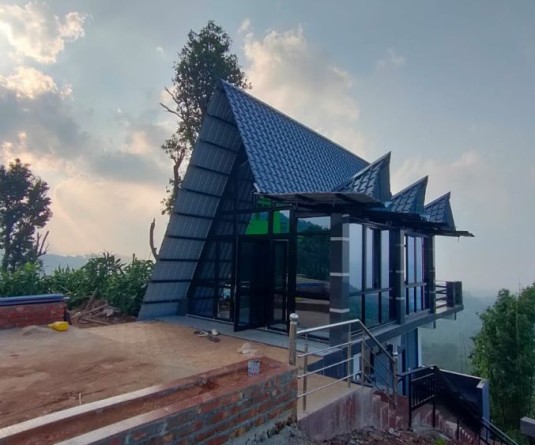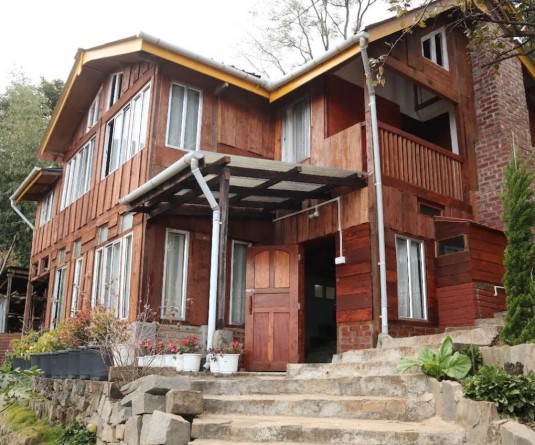Representational Image. (Morung File Photo)
Abokali Jimomi
Zunheboto | February 12
Even the best physicians need light to see in the dark, unless they wear futuristic night-vision goggles. To save a dying patient, they require much more. Beside knowledge, and compassion, they need equipment, medicine and, the basic, biological necessity – light, to be able to see the patient.
Mid-February in Zunheboto with winter still harsh, at the Civil Hospital two years ago, a relative had delivered a child. In the same ward was another heavily pregnant woman. Fortunately for the relative, the delivery happened during daylight hours but the other woman went into pains during the night. Both the women had come to one of the only two hospitals in Zunheboto Town from nearby villages.
According to the relative, her pregnant neighbour was screaming in pain and desperately wanted the doctor, “it was around 8 pm and there was no doctor. A nurse was in charge and there was no light or Inverter.” Upon contacting the absentee duty doctor, he replied that he could do nothing till the power was back.
The woman narrated that the patient “frantically phoned all possible relatives in the town to get help or take her to the other hospital to see a doctor… she even called up her mother in the village to say she was about to die.” One of the patient’s relatives finally informed some doctors: two doctors (one retired and the other off duty) arrived to help and she was taken to the Operation Theatre. However, said the woman, “there was still no light, so, a frenzied hunt began for torch lights, candles and collection of all sorts of Chinese Emergency Lights the other patients had… the doctor sent a staff to one of neighbouring houses who owned a very bright solar lamp.”
“Candles were lit and placed in a neat row from the corridor leading to the Operation Room, all torch lights shone while the doctors worked… mother and baby were saved,” said the woman who, with her husband in the course of those two to three hours, “felt utterly helpless and hopeless.” She said, “we even forgot about our new-born… not knowing what to do, we just prayed and prayed that she would not die.”
When it is difficult to see a doctor even when you are in a hospital, imagine the plight of not just pregnant women (there are many instances of pregnant women from villages dying en-route to hospitals), but also of many emergency medical situations in rural Nagaland.
Several villages still do not have emergency medical centers: A 60+ man fell from a tree and lost consciousness. People from his village put him on a Tata Mobile and sped off to the Government hospital in Zunheboto, but having reached after sundown, there was no doctor, so they took him to the other “paid” hospital’s doctor, then brought him back to the “unpaid” one – imagine a severely injured old man, carried to and fro on a pick-up truck searching for a doctor. Recently, a vehicle fell off a cliff in Kiphire; with one dead, the other survivor could be given First Aid only after reaching Zunheboto.
One could say “so what?” like a young Naga once said, “It’s their fate!” If 8 out of 10 people, all living in a small house, are perpetually plagued by life-and-death situations, wouldn’t the other two’s “good fate” be disrupted? They would either have to leave the house for peace of mind or collaboratively find solutions for harmonious co-existence.
As Chinua Achebe wrote, “we cannot trample upon the humanity of others without devaluing our own. The Igbo, always practical, put it concretely in their proverb Onye ji onye n’ani ji onwe ya: ‘He who will hold another down in the mud must stay in the mud to keep him down.’”






